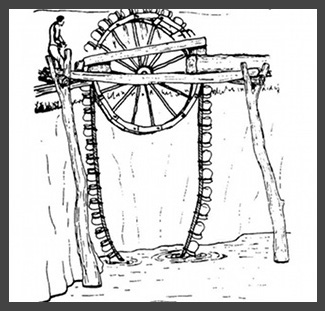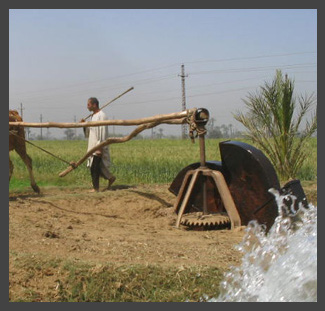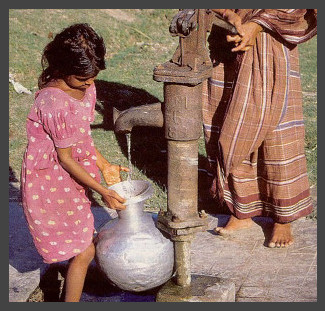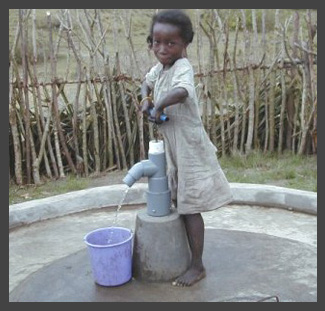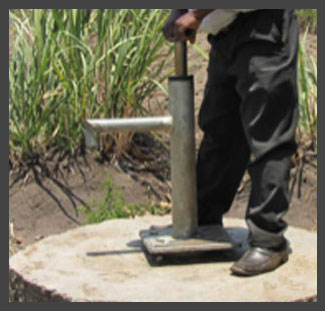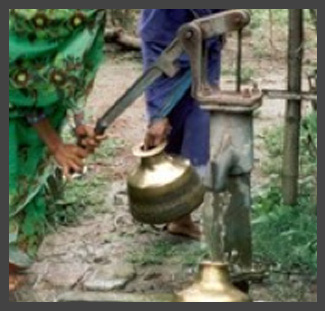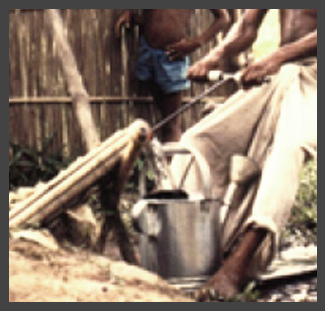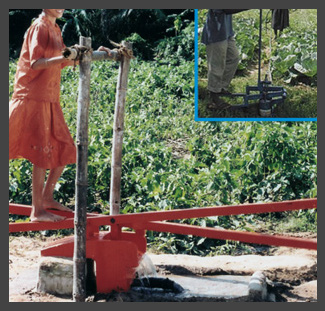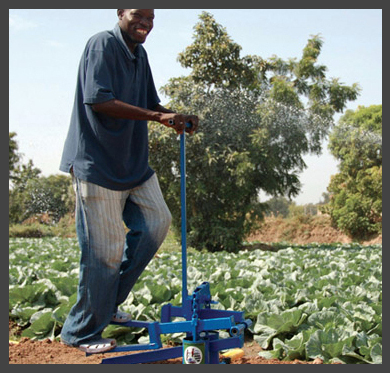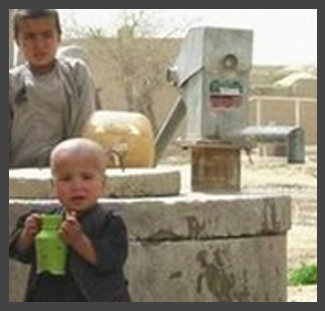Household and community pumps - Shallow, 0-20m
From Akvopedia
Revision as of 23:12, 1 November 2012 by Winona (talk | contribs) (Created page with "==Introduction to all Handpumps== link=http://akvo.org/wiki/index.php/Handpumps There are many handpumps available for both househol...")
Contents
Introduction to all Handpumps
There are many handpumps available for both households and larger communities. Below are handpumps, according to depth needed (shallow, medium, deep). The household-sized handpumps are for smaller groups, and the community ones are more robust and durable for groups up to 300 people. However, keep in mind the following qualities in choosing the right handpump for your situation:
- Corrosion resistance: Pumps should be corrosion-resistant. Iron taints water and food, stains clothing, and tastes bad.
- User group: Choose a pump for a small, medium, or large (300 people) group of users.
- Pumping lift: Depth of the water table determines pump depth. Deeper pumps can be more expensive.
- Ease of repair: Household repairs require different organisation and maintenance responsibilities than community repairs.
- Yield, user preference: Users prefer pumps that have a high yield and an attractive look and feel.
Shallow pumps, 0-20m
Small land owners and how they lift water in Africa
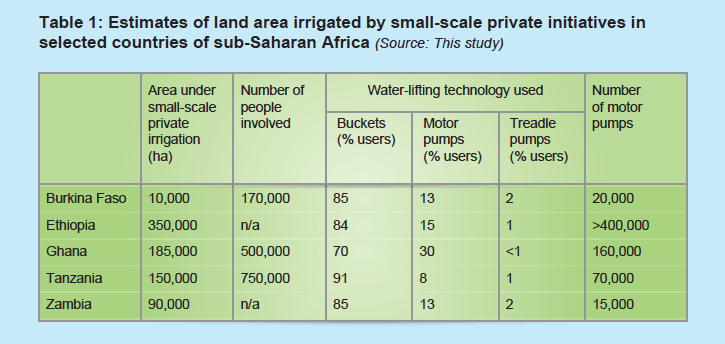
Estimates of land area irrigated by small-scale private initiatives in selected countries of sub-Saharan Africa. Chart: IWMI.
Pump links
- More on how to select a pump: WASH Technology Information Packages - for UNICEF WASH Programme and Supply Personnel.
- RWSN: Comprehensive information on community handpumps, including manuals and specifications for Afridev, Indian Mark II/III and Tara pumps
- Alternatives to abandoning your community handpump: The Afripump. FairWater.
- VLOM pumps.
- FairWater solves handpump problems in Africa.
- VLOM for Rural Water Supply: Lessons from Experience. WELL, Water and Environmental Health.
Acknowledgements
- WASH Technology Information Packages - for UNICEF WASH Programme and Supply Personnel. First edition, 2010.
- 41- VLOM pumps. Loughborough University.
- VLOM for Rural Water Supply: Lessons from Experience. WELL, Water and Environmental Health. WEDC, Loughborough University, UK. 1999.

